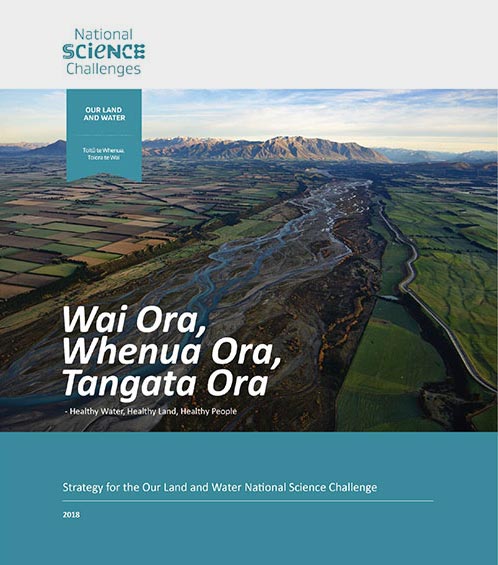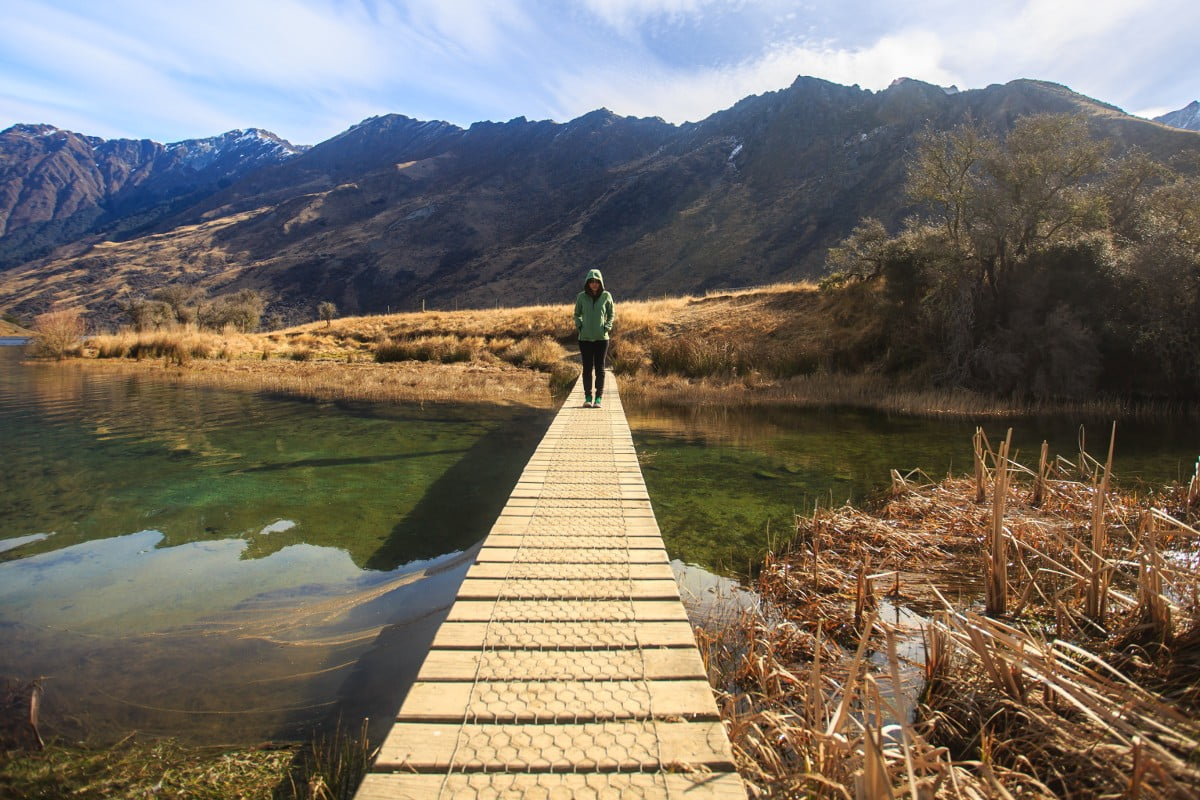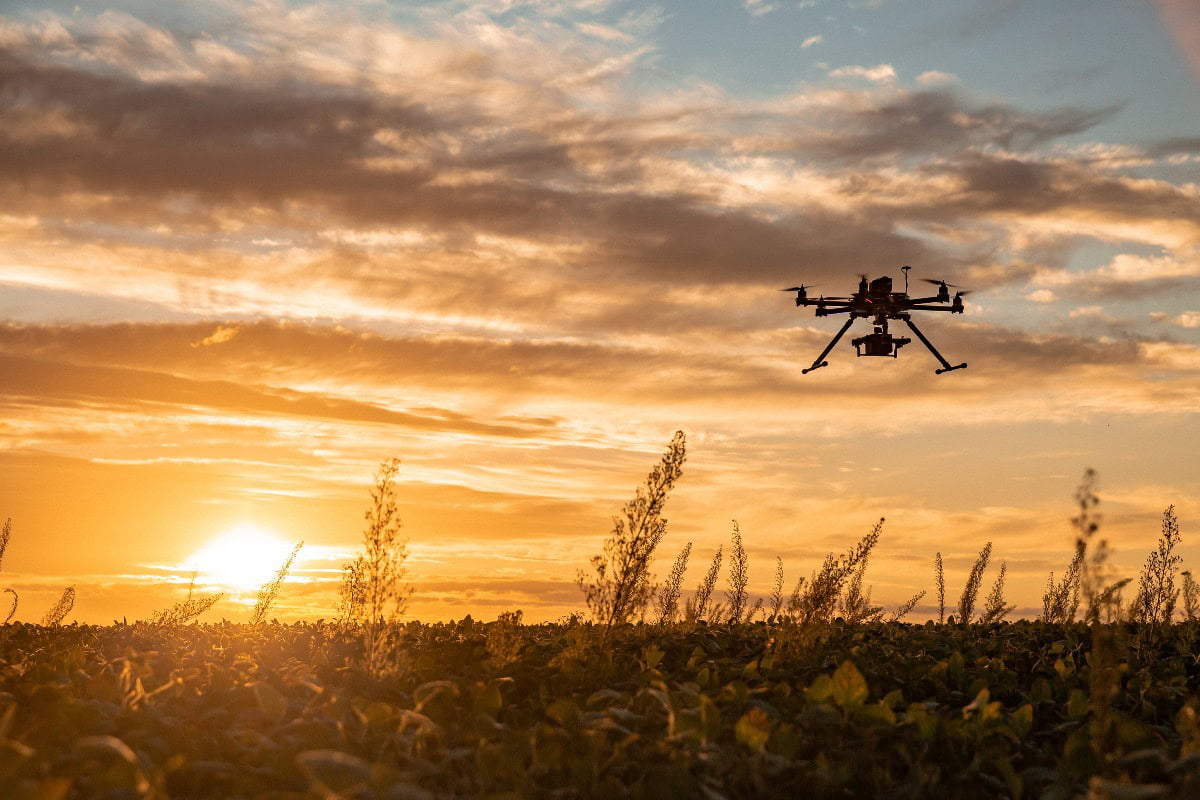August 30, 2024
-
- About UsMā mātou
- Our ScienceTe pūtaiao
- Future Landscapes Ngā Horanuku AnamataIn the future, landscapes will contain mosaics of land use that are more resilient, healthy and prosperous than today.
- Assessing Contaminants with Stream Order
- Benign Denitrification in Groundwaters
- Cascade of Soil Erosion
- Connecting Soil and Water Quality
- Crop Disease Under Climate Change
- Faecal Source Tracking
- Healthy Estuaries
- Innovative Agricultural Microbiomes
- Interoperable Modelling
- Land Use for Nutritious Diets
- Land Use Opportunities
- Land Use Suitability
- Linking Legacies to Wai
- Mapping Freshwater Contaminants
- Matarau: Empowering Māori Landowners in Land Use Decisions
- Measuring Denitrification
- Monitoring Freshwater Improvement Actions
- Mosaic vs Monoculture Landscapes
- Next Generation Systems
- Pasture for Humans
- Peri-Urban Potential
- Phosphorus Best Practice
- Physiographic Environments of New Zealand
- Pohewa Pae Tawhiti
- Protein Future Scenarios
- Silvopastoral Systems
- Sources and Flows
- Visualising Forestry Harvesting Cycles
- Incentives for Change Ngā Poapoa PanoniWe want to reward New Zealand’s primary producers for producing high-value products in sustainable ways.
- Aotearoa Food Cultures
- Appropriate Use of Taonga Species
- Credence Attributes On Farm
- Early Māori Agricultural Entrepreneurship
- EU Green Deal: Impact on NZ Exports
- Eutrophication Product Footprinting
- Impact of Imported Feed Shortages
- Incentives for Data Sharing
- Indicators Working Group
- Integrating Value Chains
- Kaitiaki Intelligence Platforms
- Kuaha Matihiko: Digital Gateway
- Measuring Full Impacts of Land-Use Change
- New Models of Collective Responsibility
- Options for Rural Investment
- Reasons for Water Quality Improvement
- Regenerative Agriculture
- Register of Land Management Actions
- Rewarding Sustainable Practices
- Signals for Land Stewards
- The Matrix of Drivers
- Workforce Implications of Land-Use Change
- Pathways to Transition Ngā Ara WhakawhitiWe are growing understanding of what it takes to transition to resilient, healthy and prosperous futures, and are developing tools to help.
- Connecting Food Producers & Consumers
- Diverse Experiences of Farming
- Enhancing Assurance Schemes
- Future Scenarios for Arable Agriculture
- Implementing Te Mana o Te Wai
- Land-Use Scenarios for Nikau Farm
- Lessons from Our Land and Water
- Mauri Whenua Ora
- Ngā Tai-o-Rongo
- Predicting Agricultural Research Adoption
- Retiring Farmland into Ngahere
- Revitalise Te Taiao
- Rural Professionals Fund 2020–21
- Rural Professionals Fund 2021–22
- Rural Professionals Fund 2022–23
- Rural Professionals Fund 2023–24
- Science in Freshwater Policy Development
- Shared Vision for Land Use in Marlborough
- Storying Kaitiakitanga
- Synthesis Scenarios for Future Land Use
- The Collaboration Lab
- Trust and Social Licence
- Urban-Rural Partnerships for Equal Change
- Whenua Life Values
- Future Landscapes Ngā Horanuku AnamataIn the future, landscapes will contain mosaics of land use that are more resilient, healthy and prosperous than today.
- News + EventsHe pānui
- Resources Ngā rauemi
- View by topic
- Climate Change
- Collaboration
- E.coli
- Farm Environment Plans
- Farm Management
- Farming for Good
- Increasing Value
- Irrigation
- Land-Use Change
- Measuring Water Quality
- Mitigation
- Nitrogen
- NPS-FM
- Nutrient Management
- Phosphorus
- Regenerative Agriculture
- Sector Transformation
- Sediment
- Social Licence
- Te Ao Māori
- Te Mana o Te Wai
- Winter Grazing
- View by topic
- Outcomes Ngā puawaitanga
Resources for
Government
Koon Chakhatrakan, Unsplash
You are here: Home Roles Government
People who work in government ministries and agencies can implement policies that support farmers and growers to restore soil, waterways and wildlife, while they grow great food. These resources can help guide a transition to mosaics of land use that are healthy, prosperous and resilient.
Showing 1 - 12 of 304 results
Guidance
Monitoring chlorophyll a in lakes
Chlorophyll a is a photosynthetic pigment found in plants and algae, including in phytoplankton (microscopic algae suspended in a water column). High concentrations of chlorophyll…
Guidance
Monitoring visual water clarity in lakes
Visual water clarity is a measure of the ability of light to travel through water. Visual clarity in lakes may be reduced due to suspended…
Guidance
Monitoring deposited fine sediment in rivers
Deposited fine sediment is the fine sand, silt or clay (less than 2mm wide) that settles on the bed of a river. It occurs naturally…
Guidance
Monitoring E. coli in lakes and rivers
Escherichia coli (E. coli) is a common bacteria found in the digestive system of warm-blooded animals, including humans. Because E. coli can survive for a…
Guidance
Monitoring nitrate in groundwater
Nitrate nitrogen is a stable form of nitrogen found in freshwater ecosystems; it is highly soluble and can be readily used by aquatic plants and…
Guidance
Monitoring macroinvertebrates in rivers
Macroinvertebrates are animals that lack a backbone and, while small, are large enough to be seen with the naked eye. The freshwater environments they inhabit…
Guidance
Monitoring nitrogen in rivers
Nitrogen in water is an essential nutrient for the growth of plants and algae. Whilst nitrogen is naturally present at low levels in rivers, excessive…
Guidance
Monitoring total nitrogen in lakes
Nitrogen is an essential nutrient for the growth of plants and algae. Whilst nitrogen is present naturally in lakes, concentrations may be elevated due to…
Guidance
Monitoring periphyton in rivers
Periphyton is the brown or green slime that grows on stones, wood or any other stable surfaces in streams and rivers. In some situations, it…
Guidance
Monitoring phosphorus in rivers
Phosphorus is an essential nutrient for the growth and development of plants and animals. It occurs naturally as phosphate bound to rocks and soil, and…
Guidance
Monitoring total phosphorus in lakes
Phosphorus is an essential nutrient for the growth and development of plants and animals. However, elevated phosphorus concentrations in a lake can lead to eutrophication,…
Guidance
Monitoring water clarity and turbidity in rivers
Water clarity and turbidity are commonly used measures of optical water quality. Water clarity (also referred to as visual clarity) is the ability of light…
 View Our Strategy Document 2019 – 2024
View Our Strategy Document 2019 – 2024


